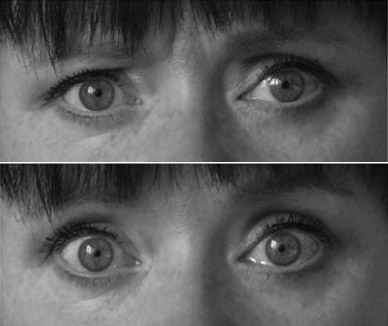Part One

© Creative Commons licenseImage by Armigeress - http://www.flickr.com/photos/kathycsus/
In the book
Columbus and other Cannibals, indigenous author Jack D. Forbes lucidly explores a psychological disease that has been informing human self-destructive behavior that Native American people have known about for years. After reading his book, it was clear to me that he was describing the same psycho-spiritual disease of the soul that I wrote about in my book,
The Madness of George W. Bush: A Reflection of our Collective Psychosis. I introduce the idea that from the dawn of human history our species has fallen prey to a collective psychosis which I call malignant egophrenia. Speaking about this very same psychic epidemic, Forbes writes, "
For several thousands of years human beings have suffered from a plague, a disease worse than leprosy, a sickness worse than malaria, a malady much more terrible than smallpox."[i] Indigenous people have been tracking the same 'psychic'[ii] virus that I call malignant egophrenia for many centuries and calling it
"wetiko," a Cree term which refers to a diabolically wicked person or spirit who terrorizes others. Professor Forbes, who was one of the founders of the Native American movement during the early sixties, says, "
Tragically, the history of the world for the past 2,000 years is, in great part, the story of the epidemiology of the wetiko disease."[iii] Wetiko/malignant egophrenia is a 'psychosis' in the true sense of the word as being a 'sickness of the soul or spirit.' Though calling it by different names, Forbes and I are both pointing at the same illness of the psyche, soul and spirit that has been at the root of humanity's inhumanity to itself.
As if performing a magic ritual, in exploring the entity of wetiko, we first have to invoke its spirit and enter into relationship with it. We must contemplate and engage wetiko as objectively as we are able, as if it exists outside of ourselves, lest we get too 'mixed up' with the object of our contemplation. Due to its unique psychic origin, the epidemiology of wetiko is different than any other disease. An intrinsic challenge to our investigation of the wetiko virus is that it is incarnating in the very psyche which itself is the means of our investigation. Aware of this conundrum, Forbes explains that he is attempting to examine the disease, "
from a perspective as free as possible from assumptions created by the very disease being studied."[iv] If we are not aware of the frame of reference through which we are examining the wetiko virus, our investigation will be tainted by the disease, obscuring the clear vision needed to start the healing process.
Studying how wetiko disease manifests in others, as well as in the "other" part of ourselves, will help us to see "it" more objectively. Seeing this psychological disease manifesting in the world is the looking glass through which we can potentially recognize this same illness as it arises subjectively within our own minds.

Comment: Here are some articles that point to the foods that are the human body's and mind's most optimal fuel, the reasons for that, and also the answers as to why you might have never heard about it:
The problem with the Saturated Fat is Bad Message
Fat Head: Big Fat Lies
Saturated Fat is Good for You
Why Is Fattier Grassfed Meat Best?
Why Humans Crave Fat